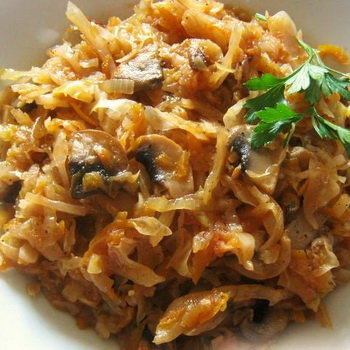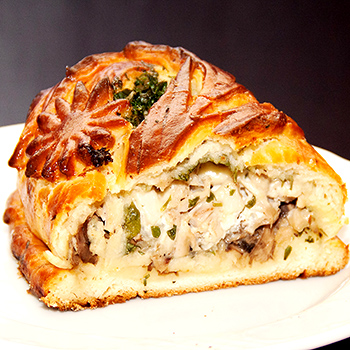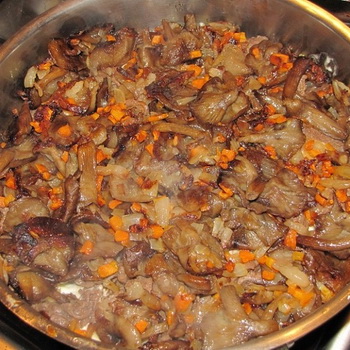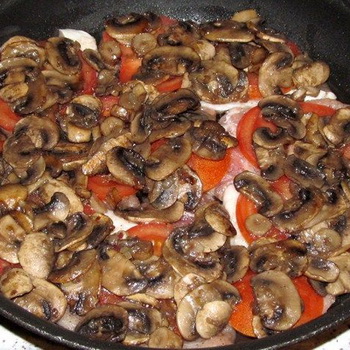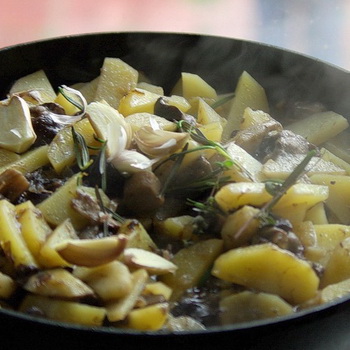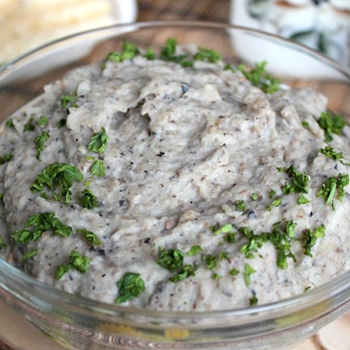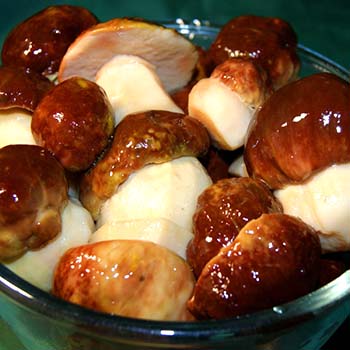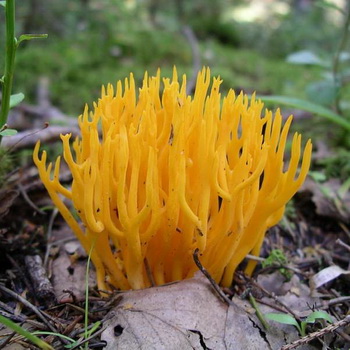Fungus mushroom: photo and description of the spit of deer, willow, white, noble, umber and scaly
 Plutey is a mushroom of the Pluthee family that grows mainly on woody debris. Despite the widespread distribution of the spit, this mushroom is collected infrequently and is used only slightly. In addition, scientists recently confirmed the presence of a noticeable dose of the hallucinogenic enzyme psilocin in some species of spit. For this reason, great care should be taken when using this mushroom for culinary purposes.
Plutey is a mushroom of the Pluthee family that grows mainly on woody debris. Despite the widespread distribution of the spit, this mushroom is collected infrequently and is used only slightly. In addition, scientists recently confirmed the presence of a noticeable dose of the hallucinogenic enzyme psilocin in some species of spit. For this reason, great care should be taken when using this mushroom for culinary purposes.
On this page, you will find a photo and description of the spit of deer, willow, white, noble, umber and scaly. You will be able to find out where and when these mushrooms grow, as well as get information about their counterparts.
Willow mushroom
Category: edible.
Willow spit hat (Pluteus salicinus) (diameter 3-9 cm): grayish-ash, blue or pinkish. In young mushrooms, it has the shape of a bell, which over time changes into fine wrinkles that are practically spread with a network. The edges of the cap are usually darker than the center.
Leg (height 3-13 cm): white or bluish along its entire length. It tapers from bottom to top, has the shape of a cylinder, fibrous at the base.
Pulp: light gray or white in color, which usually turns slightly green when cut or broken and when exposed to air. In its raw state, it has a slightly sour taste and a strong aniseed odor.
Plates: white, cream or pinkish and very frequent.
Doubles: deer roach (Pluteus cervinus), which has a lighter hat. With complete confidence it is possible to distinguish from willow only in laboratory conditions.
When it grows: from mid-June to early October in many countries of Eurasia, North America and North Africa. In Russia, it is most common in the forests of St. Petersburg.


Where can I find: on roots, stumps and rotten wood residues. Prefers willows, oaks, poplars and alders in humid forests.
Eating: in dried form.
Application in traditional medicine: does not apply.
White mushroom and its counterpart
 Category: edible.
Category: edible.
White spit hat (Pluteus leoninus) (diameter 4-10 cm): usually lemon, yellow, changes shape from bell-shaped to almost flat. In the center, which is much darker than the translucent edges, there is a tubercle.
Leg (height 3-9 cm): yellowish, but not as bright as the cap. Cylindrical, tapering from bottom to top, smooth and very dense. Flesh: white in the leg, yellow in the area of the cap. Does not change color at the cut or fracture site, does not have a pronounced smell and taste.
Plates: loose, white or slightly yellowish, older mushrooms may have a pinkish tint.
The twin of the white spit is a relative rogue orange-wrinkled (Pluteus aurantiorugosus)... It differs from white in a lighter cap and in that it grows on sick, but still living trees.
When it grows: from mid-July to early October in Europe, Siberia, Primorye, China and Japan, as well as in the North African states - Algeria and Morocco.
Where can I find: in deciduous forests on the decayed wood of oaks and poplars.
Eating: dried and fried.
Application in traditional medicine: does not apply.
Other names: a bunch of rogues.
What is the difference between the umber rook and the deer
Category: conditionally edible.


Umber spit hat (Pluteus umbrosus) (diameter 4-12 cm): usually white or brownish, with wrinkles, in its center there is a small tubercle. The semicircular shape changes over time to an almost outstretched one.
Leg (height 4-11 cm): gray-white or brownish, with small scales along its entire length. It has a cylindrical shape, tapers from bottom to top. Solid and very dense.
Plates: very free, young mushrooms are white.
Pulp: whitish color, which does not change at the cut site and when interacting with air. It tastes bitter, smells like fresh radish.
Doubles: deer (Pluteus cervinus) and dark-edge (Pluteus atromarginatus). Deer plyutey differs from the umber in the color of the plates, and the dark-edged one grows exclusively in coniferous forests.
When it grows: from mid-July to early October in Europe, Asia and North America. In Russia, it is most often found in the Samara, Rostov, Perm and Moscow regions.


Where can I find: on rotten stumps and wood debris - mainly beeches, ash trees and poplars.
Eating: only under the condition of preliminary soaking and boiling as a component of various dishes, since in finished form the mushroom itself has no taste.
Application in traditional medicine: does not apply.
Other names: shady plyutey, umbrella-shaped plyutey, bordered-lamellar plyutey.
Noble mushroom
 Category: inedible.
Category: inedible.
Hat of the noble spit (Pluteus petasatus) (diameter 5-16 cm): white, grayish, rarely yellow. Has small scales. In young spitters, it is slightly convex, over time it becomes completely flat or slightly depressed with a small central tubercle. Usually dry or slightly slippery to the touch. The edges are straight, rolled inward, sometimes they can be torn.
Leg (height 6-14 cm): white, sometimes with a slight brown bloom, dense, cylindrical in shape.
Pulp: white color, which does not change at the cut site and when interacting with air. Has a pleasant mushroom aroma and sweetish taste.
Doubles: deer plyute (Pluteus cervinus), which is larger in size and pale in color.
When it grows: from mid-July to early October in the countries of the Eurasian continent. In Russia - in Tatarstan, Primorsky Territory, Krasnodar; Samara, Irkutsk, Leningrad, Rostov and Moscow regions.
Where can I find: in all types of forests, usually near oak and beech trees.
Eating: not used.
Application in traditional medicine: does not apply.
Other names: domestic rogue.
Reindeer ropes: photo and description
Category: inedible.


Deer spit hat (Pluteus cervinus) (diameter 4-25 cm): gray, brown or almost black. The edges are usually much lighter than the center, but if the weather is dry and sultry for a long time, it also fades a lot. In young mushrooms, the cap has the shape of a bell, which over time changes to almost completely outstretched with a small tubercle in the center. Silky to the touch, sometimes it can crack.
Leg (height 4-17 cm): usually white or gray, solid, cylindrical in shape, with longitudinal fibers, often with a small mesh or moire pattern. May be severely curved and swollen. Easily detaches from the cap.
Pulp: very brittle, white in color, which does not change at the cut site or when exposed to air.


Plates: wide and thick. Young reindeer spitters are white, with time the color changes to pinkish.
The reindeer plyutey got its name from the color of the hat. Has a pungent and tart radish odor.
Doubles: related spines of Pozuar (Pluteus pouzarianus) and dark-edge (Pluteus atromarginatus), as well as wide-lamellar colibia (Megacollybia platyphylla). But Pozuar's creeper does not have a distinct odor and grows on soft deciduous trees, the dark-edged crimson is darker and most often found in coniferous forests, and the colibia is distinguished by a creamy shade of the plates.
When it grows: from the beginning of June to the end of August in almost all European countries.


Where can I find: on rotten wood of all types of forests, as well as on sawdust. Prefers pine and birch.
Eating: not used.
Application in traditional medicine: does not apply.
Other names: plyutey brown, dark fibrous plyutey.
Scaly mushroom
 Category: inedible.
Category: inedible.
Scaly spit hat Pluteus ephebeus) (diameter 3-10 cm): grayish or brown, with small scales, very fleshy, often covered with radial cracks. In a young mushroom, it is convex, later becomes prostrate or with upward curved edges, with a small tubercle in the center.
Leg (height 3-11 cm): shiny white or light gray, very dense, cylindrical.
Pulp: white color, which does not change on the cut and when interacting with air.
Plates: very wide and loose. Young spits are gray, but over time they turn pink noticeably.
Scaly rods have an astringent taste, do not have a pronounced
Doubles: scaly plyute (Pluteus lepiotoides). But this mushroom is much smaller in size, has more pronounced scales on the cap, does not taste knit.
When it grows: from early August to mid-October in Russia - in the Far East, as well as in the Samara and Rostov regions.
Where can I find: on rotten trees and wood debris, often found in urban areas.
Eating: not used.
Application in traditional medicine: does not apply.
Other names: youthful rogue, lepiot-like rogue.

